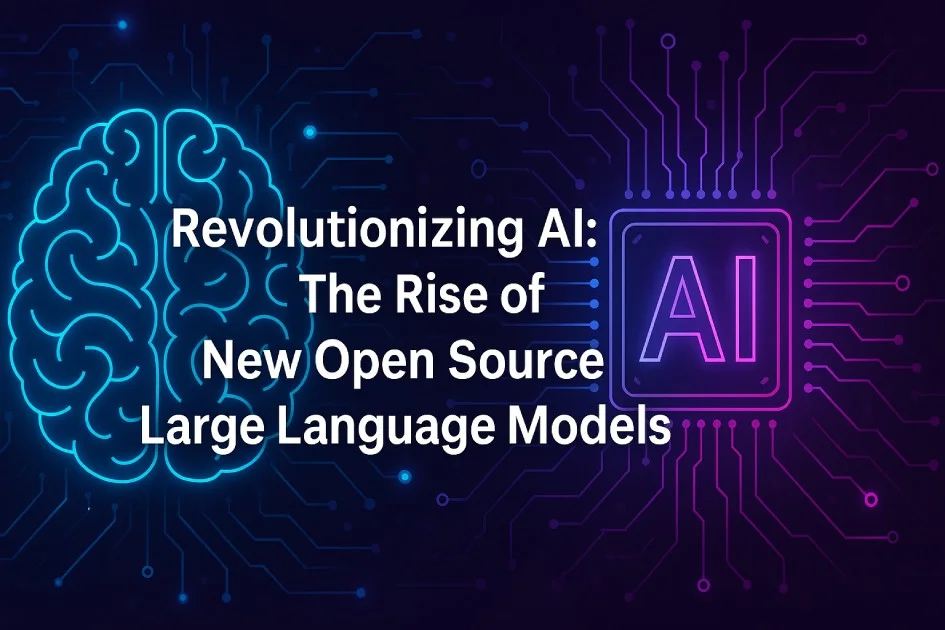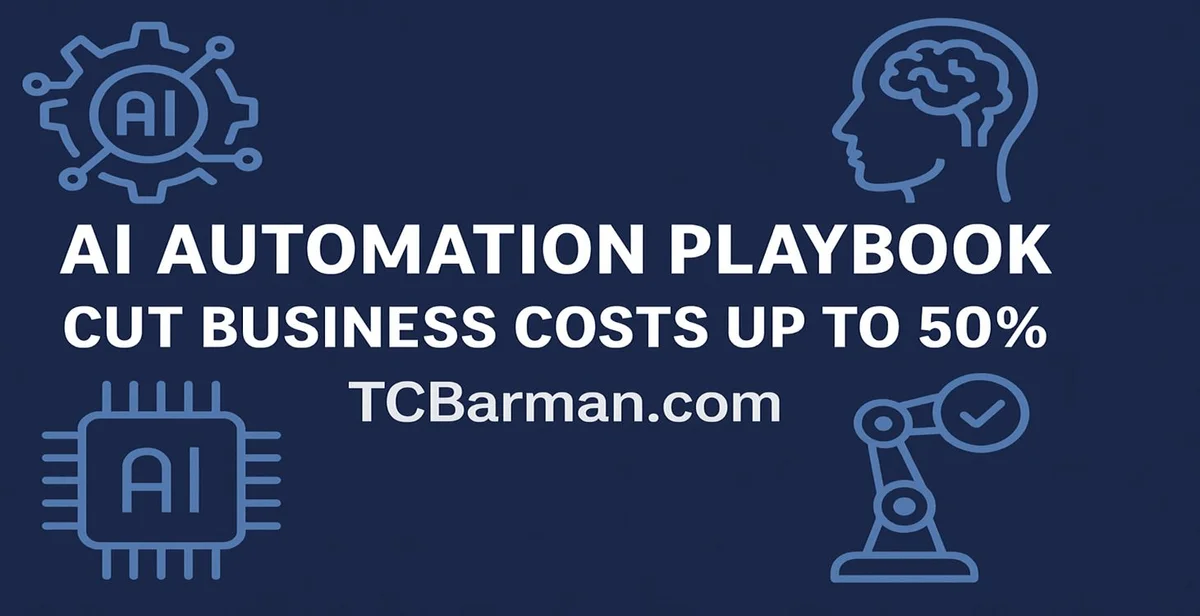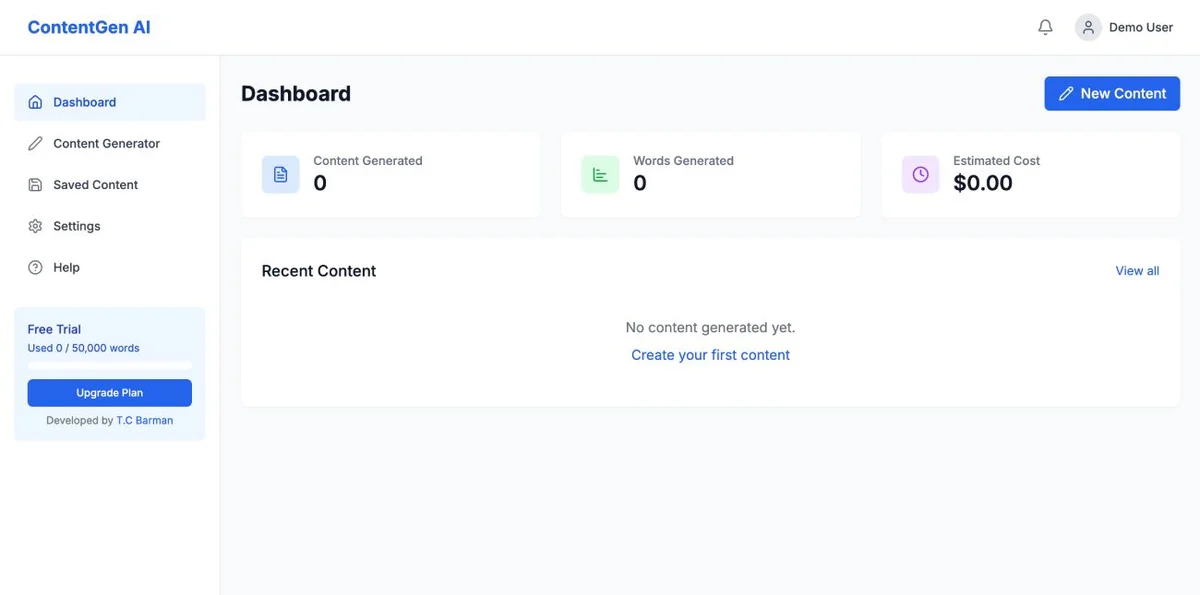The Dawn of Open-Source Large Language Models
What are Open Source Large Language Models?
Open-source large language models are AI models that are made available under an open-source license, allowing developers to access, modify, and distribute the models freely. These models are typically trained on large datasets and use complex algorithms to learn patterns and relationships in language. By making these models open source, developers can build upon and improve them, driving innovation and advancement in the field.
Benefits of Open Source LLMs
Key Features of New Open-Source LLMs
Applications of Open Source LLMs
1. Natural Language Processing (NLP)
-
Language Translation: Models like M2M-100 and BLOOM are being used for multilingual translation across dozens of languages, supporting global communication and localization.
-
Sentiment Analysis: Businesses leverage LLMs to analyze customer feedback, reviews, or social media content to gain insights into public perception.
-
Text Summarization: Open-source LLMs help condense lengthy documents, articles, or legal content into concise summaries, improving productivity and comprehension.
-
Named Entity Recognition (NER) and Topic Modeling: These models assist in extracting key information and identifying themes within unstructured text.
2. Chatbots and Virtual Assistants
- Customer Support: Open-source models can be fine-tuned to understand domain-specific language, enabling personalized and context-aware customer service at scale.
- Internal Helpdesks: Enterprises are deploying assistants trained on company-specific knowledge to help employees with HR, IT, and policy-related questions.
- Multichannel AI Agents: These models can be integrated across platforms like WhatsApp, Slack, or web chat to create cohesive support experiences.
3. Education and Learning Platforms
LLMs are transforming education by enabling:
-
Personalized Tutoring Systems: Adaptive learning assistants provide explanations, answer questions, and help students at their own pace.
-
Content Generation: Automatic creation of quizzes, lesson summaries, or flashcards from textbooks or articles.
-
Language Learning: Interactive tools for vocabulary building, grammar correction, and practicing conversations in multiple languages.
4. Code Generation and Software Development
Developers are increasingly adopting LLMs to support:
-
Code Autocompletion and Suggestions: Tools like Code Llama assist in writing, debugging, and optimizing code in real time.
-
Documentation Generation: Automating the writing of README files, comments, and technical documentation.
-
Learning New Languages: Developers can use LLMs to understand unfamiliar programming languages or frameworks.
5. Healthcare and Research
-
Medical Chatbots: Models fine-tuned on medical data help in symptom checking and patient engagement.
-
Research Summarization: Scientists use LLMs to digest vast volumes of academic literature.
-
Clinical Documentation: Assisting doctors by transcribing and summarizing patient records or notes.
6. Content Creation and Marketing
Creative industries are also benefiting from LLMs for:
-
Blog and Copywriting: Generating articles, SEO-optimized content, ad copy, and social media posts.
-
Video Script Writing: Assisting in writing engaging scripts for YouTube, explainer videos, or marketing reels.
-
Idea Brainstorming: Helping teams generate ideas for campaigns, product names, or taglines.
7. Legal, Finance, and Enterprise Automation
LLMs streamline complex workflows across professional sectors:
-
Contract Analysis and Drafting: Summarizing and analyzing legal documents, identifying risks or anomalies.
-
Report Generation: Automating financial reports or compliance summaries using structured and unstructured inputs.
-
Internal Knowledge Retrieval: Empowering employees to query internal documentation through a conversational interface.
Open-source LLMs offer the unique advantage of being modifiable and privacy-compliant, making them particularly appealing for organizations that require customization, local deployment, or full control over their data and model behavior.
Challenges and Future Directions
While open-source LLMs offer many benefits and opportunities, there are also challenges associated with their development and use. One of the most significant challenges is the need for large amounts of high-quality training data. The performance of LLMs is heavily dependent on the data they are trained on, and obtaining large amounts of diverse and representative data can be difficult.
Another challenge is the need for more research into the explainability and transparency of LLMs. As these models become more complex and are used in more critical applications, there is a growing need to understand how they make decisions and predictions.



